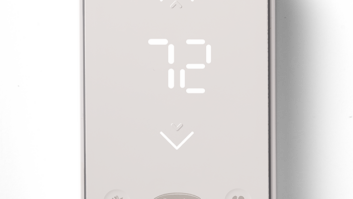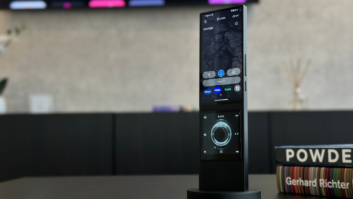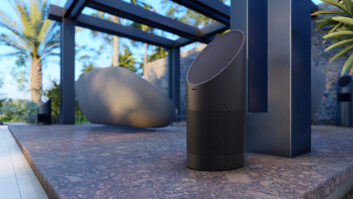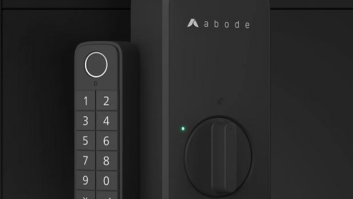Xitel, a 26-year-old OEM supplier to the PC and telecom industries, has launched its first branded consumer product, a bridge that delivers downloaded or streaming music from a PC to a connected minisystem, boombox or component stereo system.
Additional branded products will be launched in the fourth quarter and first half of 2003, and some will be standalone music-oriented products, said product management VP Ben Davis. He declined to say whether they would include hard-drive-based music servers, but he did say all would be positioned in the mid to high end.
The privately held company, based in Canberra, Australia, operates U.S. marketing offices in Boulder, Colo., and sales offices in Austin, Texas. Its OEM accounts include Sony, which markets Xitel-made adapters that connect PCs to portable MiniDisc players.
The company’s first branded product, the $49.95-suggested HiFi Link, consists of an outboard 20-bit/48kHz DAC that connects to a PC’s USB port to bypass the inferior DACs of a PC’s sound card. A pair of 30-foot analog RCA cables connects the DAC to the analog inputs of a shelf system or other audio device.
It’s targeted to 14- to 35-year-olds whose audio system is likely to be a boombox or shelf system in a bedroom, dorm or apartment, said Davis.
The device is available through J&R Music, Fry’s and MicroCenter, and the company hopes to add others in the fall, including book stores and college co-ops, a spokeswoman said.
Similar wired products from a trio of companies are priced at $149, come with no cable or 3 to 9 feet of cable, or lack analog outputs, which Davis said is needed to connect with the greatest selection of shelf systems and boomboxes.
Wireless alternatives priced at $69 to $99, he said, use a PC’s internal sound card and FM transmission and are thus sonically challenged.
Unlike higher-priced “audio receivers” that link to PCs, the device doesn’t give users the ability to remotely select songs or Internet radio stations, but users can nonetheless use the audio system’s remote to control volume, he noted.













